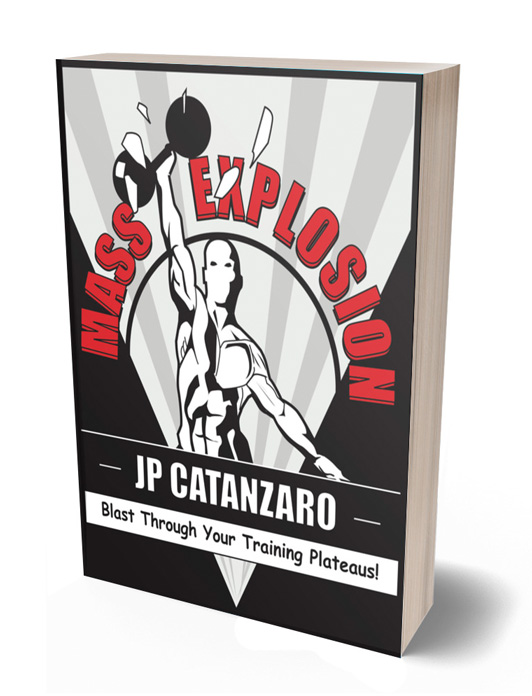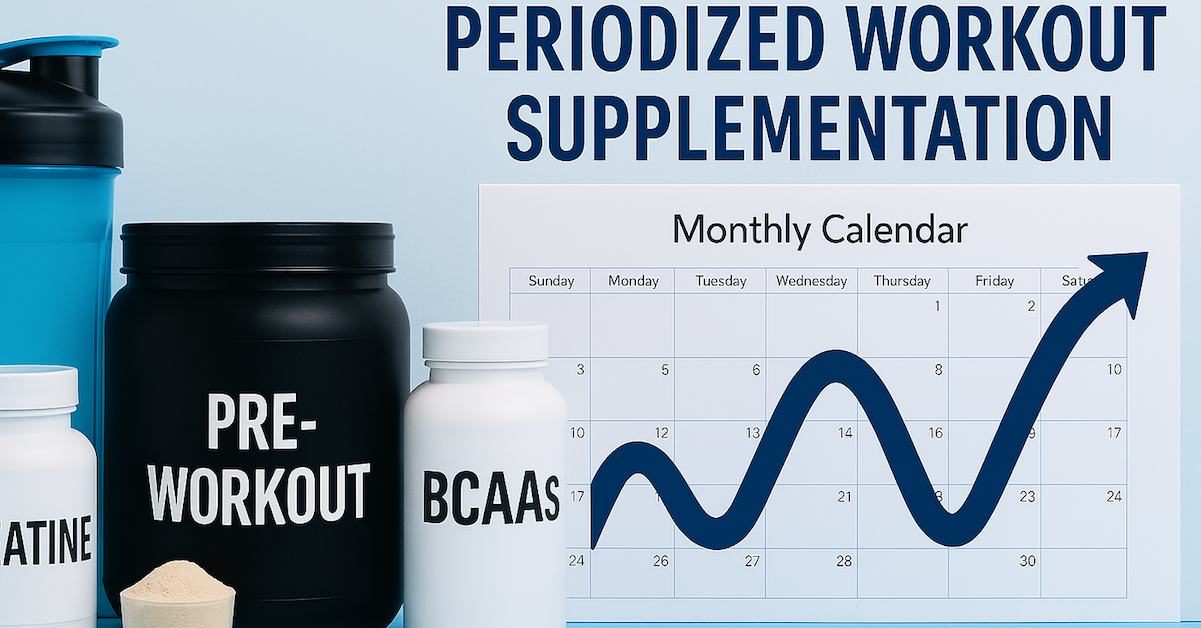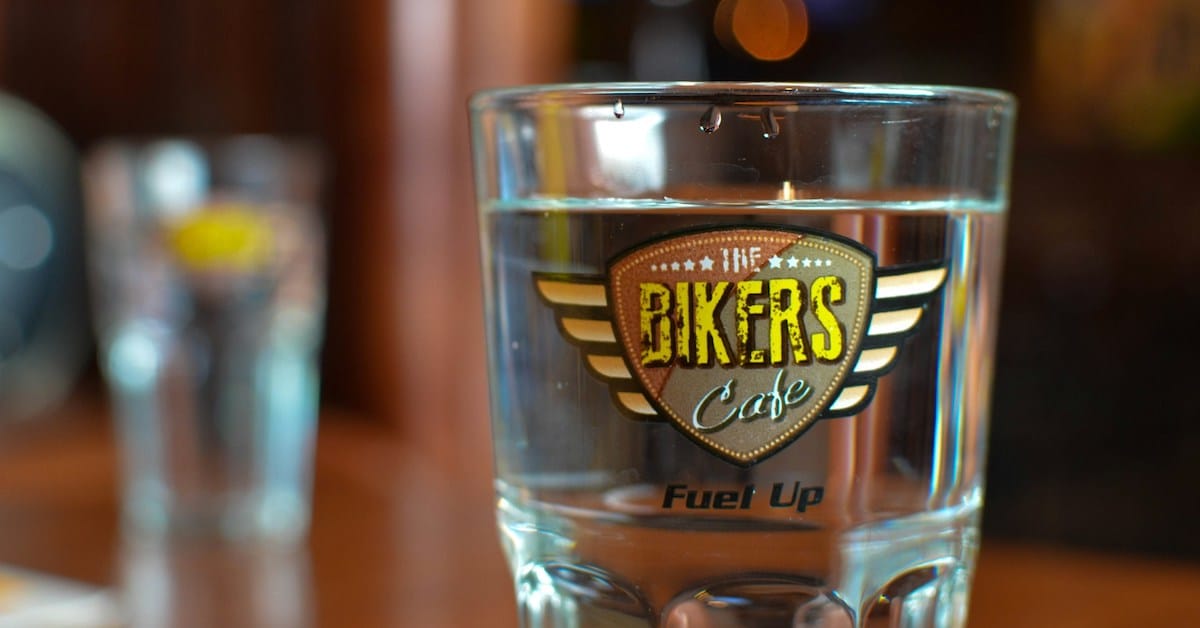In a research article titled Ethnopharmacology and Male Bodybuilders’ Lived Experience with Consuming Sports Nutrition Supplements in Canada, Brian Bailey found that bodybuilders often rely on personal experience and trusted sources when choosing sports nutrition supplements. (Read more here.)
Bailey also noted a growing body of research on supplement efficacy in trained athletes. Among the most studied for muscle growth are creatine monohydrate, glucose polymers, and beta-hydroxy-beta-methylbutyrate (HMB). Many bodybuilders swear by them—let’s see what the science says.
The Most Effective Supplement for Strength Athletes
Creatine monohydrate is the most researched sports supplement in the world. Of the nearly 400 studies on PubMed, about half focus on muscle and exercise performance. A review of the literature concludes that “creatine monohydrate is the most effective ergogenic nutritional supplement currently available to athletes in terms of increasing high-intensity exercise capacity and lean body mass during training.” (Source)
Nutrition expert Anthony Almada played a key role in introducing creatine monohydrate to the U.S. market in 1993. After its success, he introduced Vitargo, a unique carbohydrate powder shown to replenish muscle glycogen faster than other carb sources and significantly improve exercise performance.
Don’t Step on the Accelerator with an Empty Gas Tank
Low-carb diets can lead to initial fat loss, but performance in the gym eventually declines. Higher reps and shorter rest intervals help with fat loss, but without proper fueling, you’ll gas out quickly as resistance increases.
A smart carb strategy includes:
- Low-glycemic carbs in the morning
- High-glycemic carbs post-workout
- A balance of fibrous and starchy carbs in the evening
Avoiding post-workout carbs due to fat gain fears can backfire, leading to decreased performance and stalled progress.
HMB for High Muscle Building
HMB is a metabolite of leucine and has been used by strength athletes for years to boost muscle mass and improve performance. Studies show that HMB is:
✔ Anti-catabolic (prevents muscle breakdown)
✔ Anabolic (promotes muscle building)
✔ Lipolytic (reduces body fat)
A meta-analysis of over 250 supplements found that only HMB and creatine had strong scientific support for increasing lean mass and strength. That makes HMB a worthy addition to your supplement stack.
A Post-Workout Cocktail That’s Shaken, Not Stirred
After testing various formulas, I found an effective combination of four supplements:
- Catanzaro Supplements Post-Workout 2.0 Formula
- GENR8 Vitargo S2
- Genestra HMB Complex
- Health Equations Lyte CL (to replace electrolytes and facilitate creatine transport)
Through trial and error, I found that one scoop of each works well in most cases. For high-volume training, you may need more; for low-volume phases, refer to Mass Explosion, page 17.
Final Thoughts
With so many supplements on the market, only a handful truly support muscle growth. Creatine monohydrate, glucose polymers, and HMB have been proven effective both in research and in practice. Combining them may amplify their effects, though studies are still catching up.
As they say, pick the fruit while others study the roots.

Mass Explosion: Blast Through Your Training Plateaus
Tired of spinning your wheels in the gym? Mass Explosion is your complete system for breaking plateaus and packing on muscle—naturally.
Developed by fitness expert John Paul Catanzaro, this guide combines cutting-edge science with proven methods to help you:
-
Build dense, powerful muscle without drugs.
-
Smash through training plateaus with advanced techniques.
-
Maximize recovery, nutrition, and supplementation for nonstop growth.
If you’re serious about size and strength, this book is your step-by-step roadmap to explosive gains.

How to Periodize Workout Supplements for Better Gains and Recovery
Research shows that undulatory, or wave-like, periodization is highly effective. Alternating between periods of higher intensity (intensive phases) and periods

Why the FDA’s Red Dye Ban Should Make You Rethink Your Vitamins
The U.S. Food and Drug Administration (FDA) recently announced a ban on red dye No. 3 in food and oral

Hydration Essentials for High-Protein, Low-Carb Diets: Fuel Your Body Right
When you’re exercising regularly on a high-protein, low-carb diet, hydration becomes even more crucial. Lower-carb diets mean you’re missing out
follow
Error: No feed with the ID 2 found.
Please go to the Instagram Feed settings page to create a feed.
